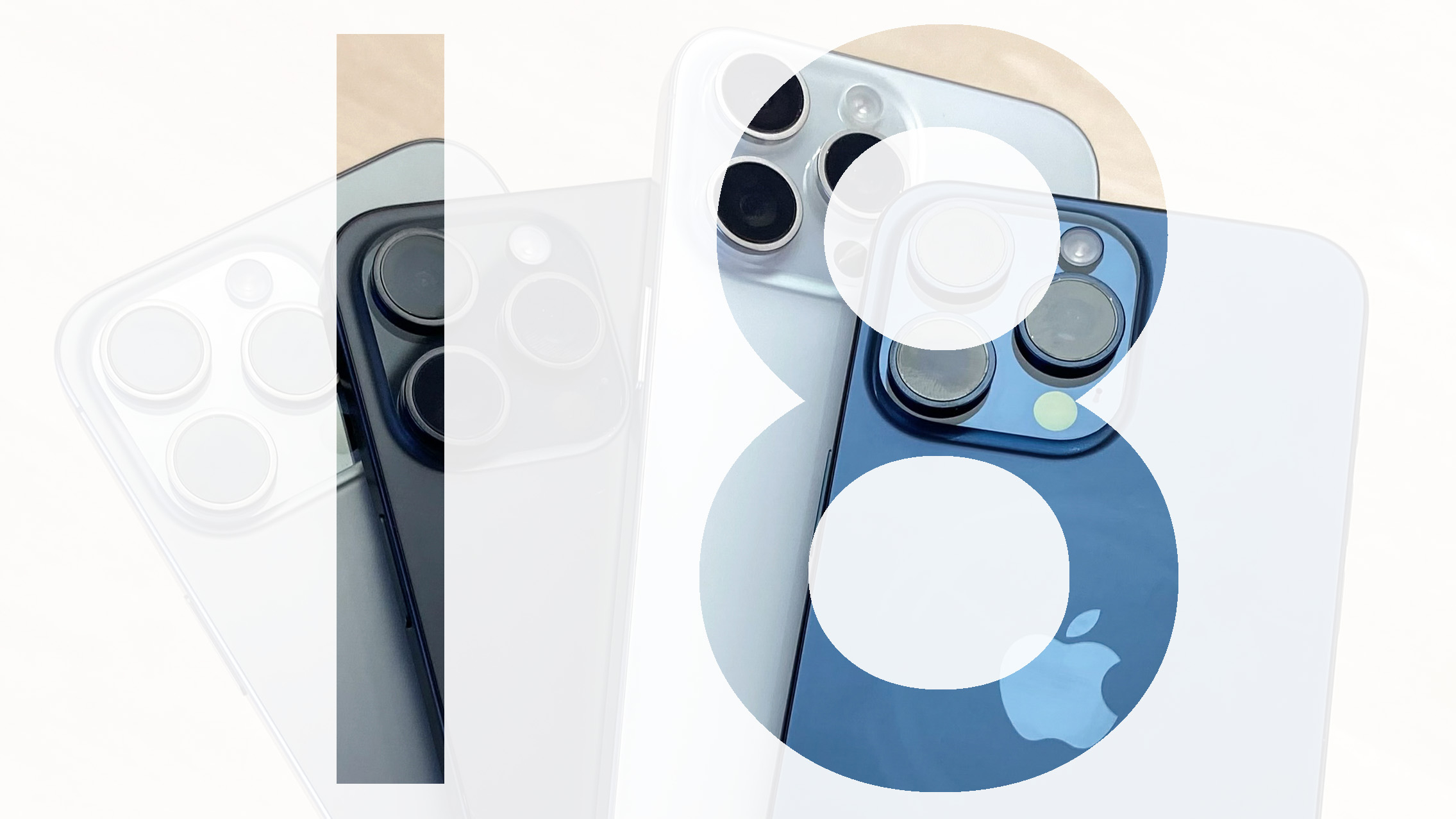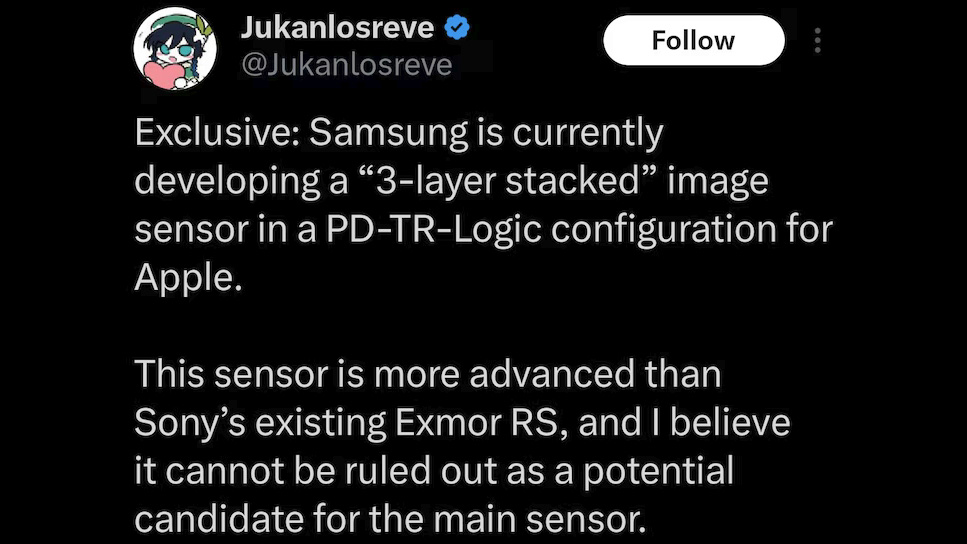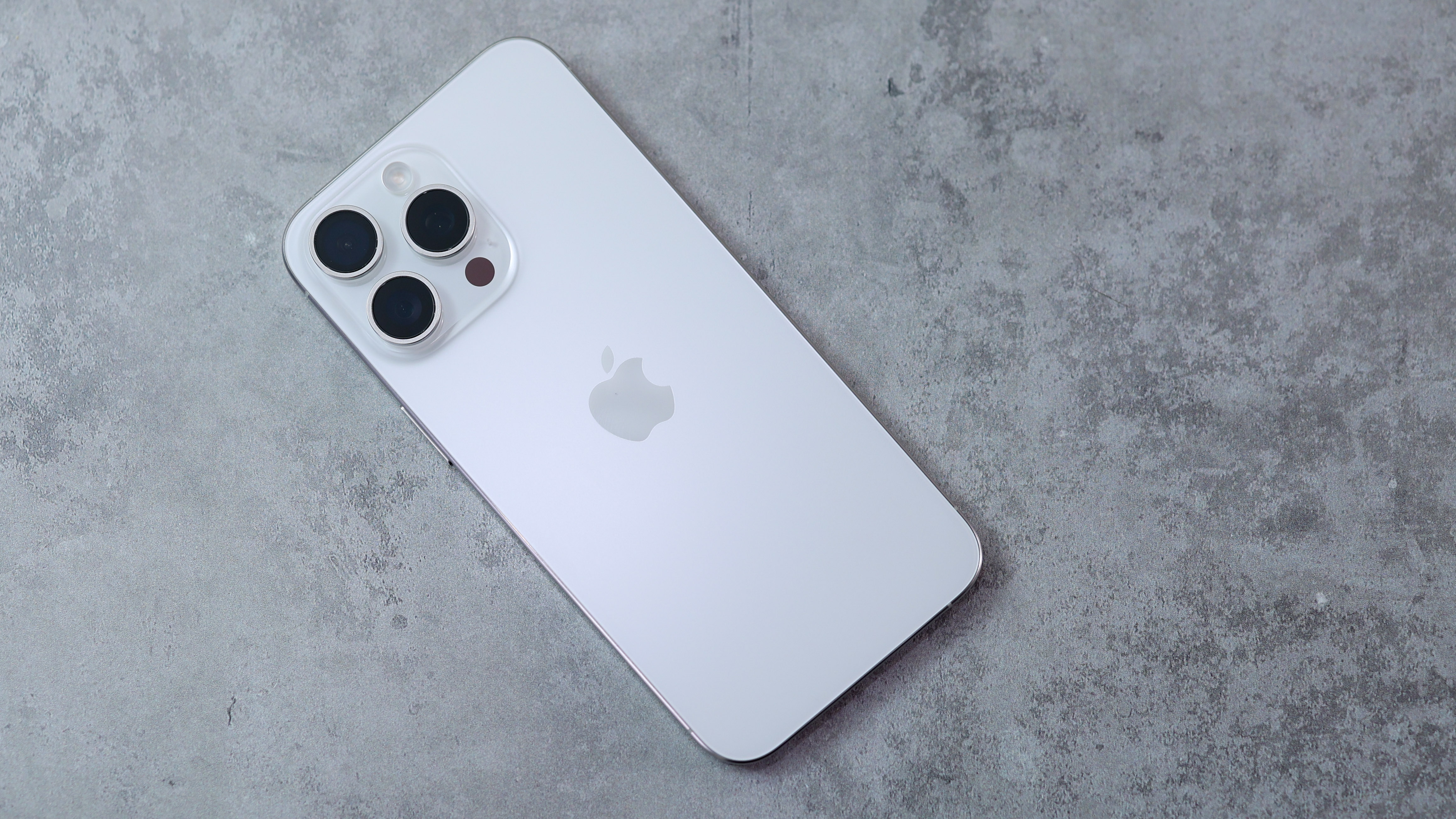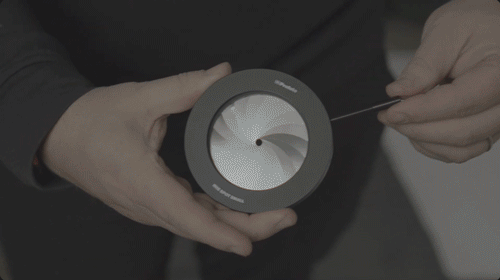The iPhone 18 could have a camera sensor made by Samsung
Latest tip claims Apple might start using camera sensors from arch rival Samsung next year

Back in July last year we reported on a rumor that Samsung could start supplying image sensors for future iPhones, potentially starting with the iPhone 18. Presently, Apple relies exclusively on Sony for its image sensor supply. Now, that July rumor appears to have been given more credibility with a fresh leak from tipster @Jukanlosreve on Twitter. They Tweeted that "Samsung is currently developing a 3-layer stacked image sensor in a PD-TR-Logic configuration for Apple".
Read more:
The best camera phones
The best iPhone for photography
The best budget camera phones

This 3-layer design would consist of a photodiode layer (PD) - the light gathering portion of the image sensor. Beneath this is said to be a transfer layer (TR), responsible for noise reduction, and finally there's the logic layer which would work with the iPhone's computational photography.
The latest tip goes on to say that such a sensor would therefore be more advanced than the current Sony Exmor RS sensor used in existing iPhones, but that remains to be seen.

As for what other specs a new Samsung-made iPhone sensor might sport; July's leak from renowned Apple tipster Ming-Chi Kuo claimed it could be a 48 MP 1/2.6" chip, destined to be the basis of the iPhone 18's ultrawide module. Whether or not Apple gives Samsung the contract for the iPhone 18's primary, wide-angle camera sensor remains to be seen.
The same Tweet also suggests that Samsung might be "developing a 500MP sensor for its own Galaxy devices." If true, this would easily make it the highest megapixel image sensor in a camera phone. While undoubtedly great for marketing purposes, I question the real-world benefit of such a high megapixel count. In its standard configuration, the existing Samsung ISOCELL HP2 sensor in the Galaxy S24 Ultra pixel-bins a 4x4 adjacent pixel array, resulting in a 12.5MP final image. A 500MP sensor would be almost guaranteed to pixel-bin its images in a similar way, potentially combining a 6x6 array, which would result in a 13.9MP image output. Considering that such a sensor would likely still be in the region of 1-inch in size, as in many other high-end image sensors in camera phones, the total surface area with which to gather light would be roughly the same as a lower megapixel sensor. This in turn limits the benefit of having a greater megapixel count.
If Apple follows its typical September/October release schedule for its new iPhones, we'd expect the iPhone 18 to launch in late Q3 2026.
Get the Digital Camera World Newsletter
The best camera deals, reviews, product advice, and unmissable photography news, direct to your inbox!
Story credit: India Today
Ben is the Imaging Labs manager, responsible for all the testing on Digital Camera World and across the entire photography portfolio at Future. Whether he's in the lab testing the sharpness of new lenses, the resolution of the latest image sensors, the zoom range of monster bridge cameras or even the latest camera phones, Ben is our go-to guy for technical insight. He's also the team's man-at-arms when it comes to camera bags, filters, memory cards, and all manner of camera accessories – his lab is a bit like the Batcave of photography! With years of experience trialling and testing kit, he's a human encyclopedia of benchmarks when it comes to recommending the best buys.

